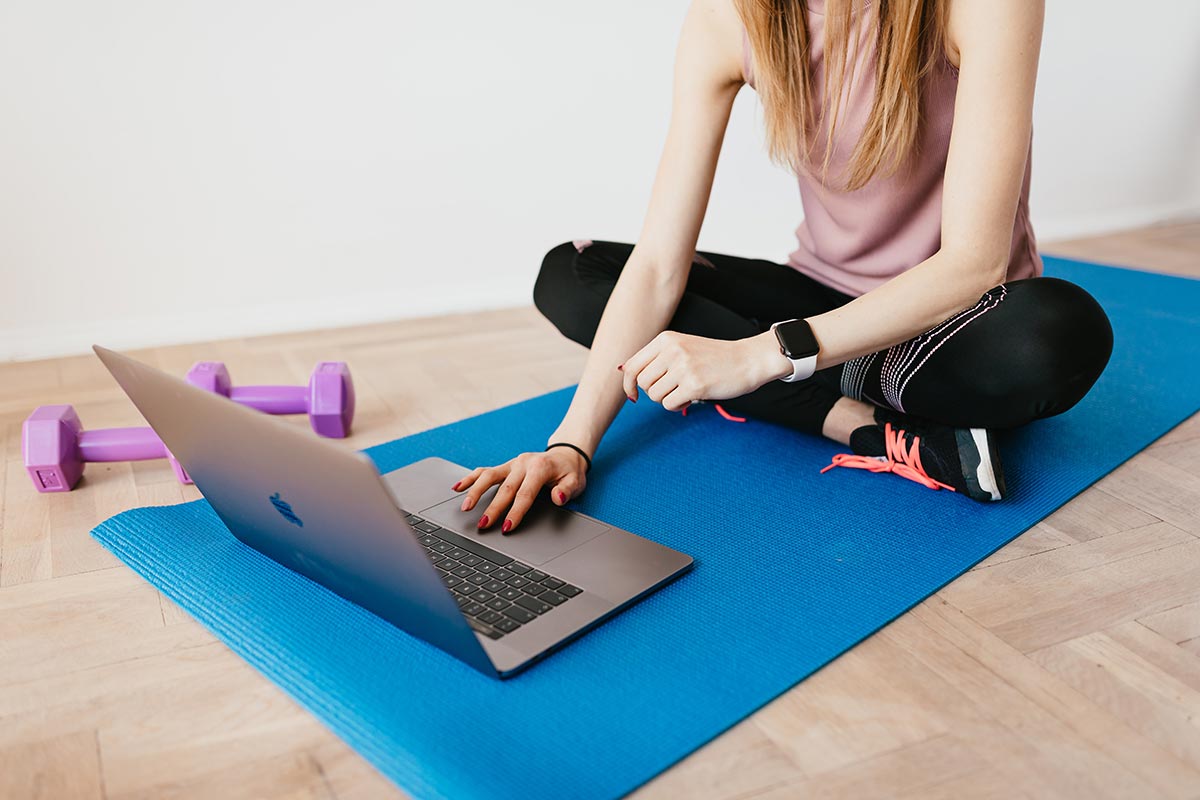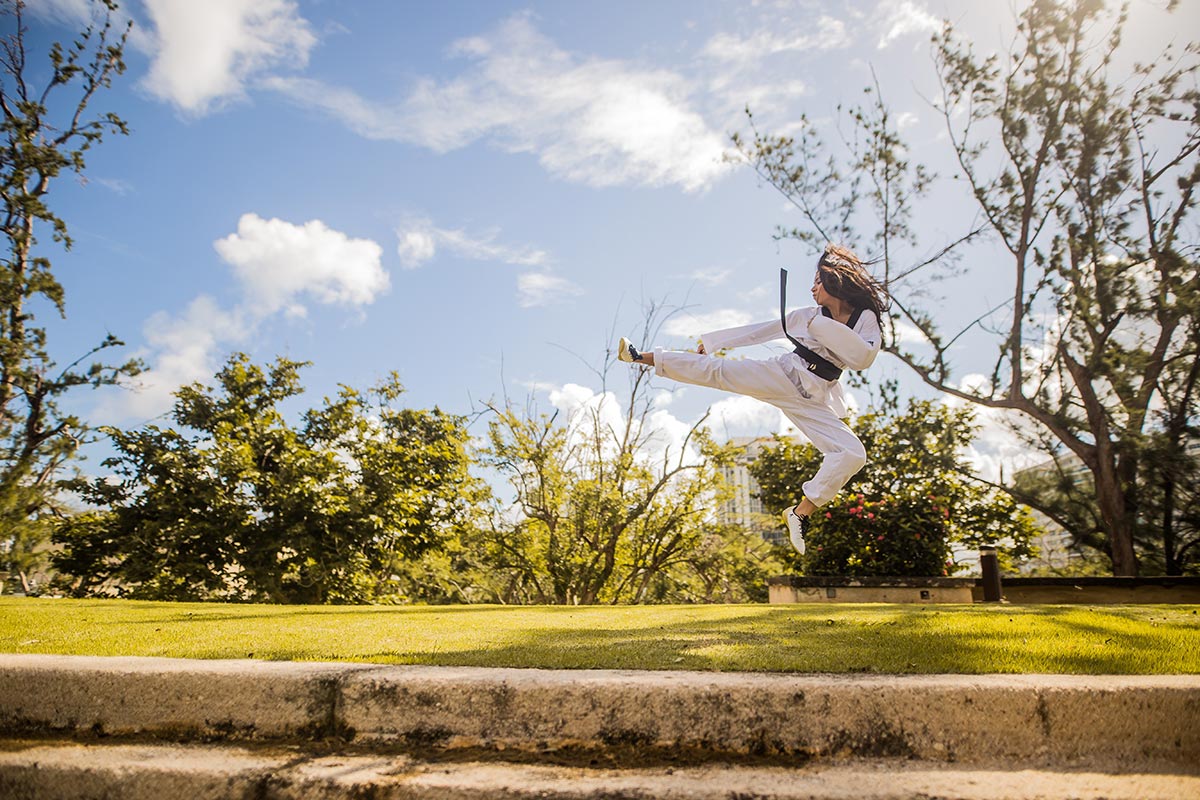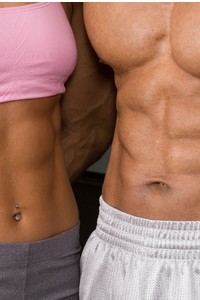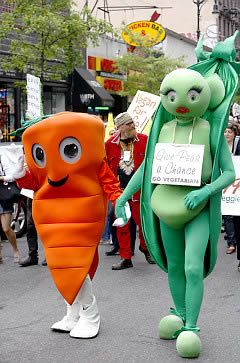Osteoporosis, often referred to as the "silent disease," is a condition that affects millions worldwide, leading to brittle and fragile bones that are prone to fractures. Its impact is profound, yet it remains largely preventable through lifestyle adjustments and early intervention. Understanding the causes, risk factors, and preventive measures is critical for individuals of all ages.
What is Osteoporosis?
Osteoporosis literally means "porous bones." The condition occurs when the density and quality of bone are reduced, leading to structural weakness and an increased risk of fractures. Bones are dynamic tissues, constantly undergoing a process of renewal. Cells called osteoblastvs build new bone, while osteoclasts break down old bone. In young individuals, bone formation outpaces bone breakdown, but this balance shifts with age, leading to a gradual loss of bone density.
Often, osteoporosis remains undetected until a fracture occurs, typically in the wrist, hip, or spine. These fractures can lead to significant pain, reduced mobility, and a diminished quality of life.
Why Does Osteoporosis Happen?
Osteoporosis is influenced by a combination of genetic, environmental, and lifestyle factors. Aging is the most significant risk factor, as bone density naturally decreases over time. Hormonal changes, particularly the decline in estrogen during menopause, accelerate this process in women. Men are also at risk, although they generally experience a slower rate of bone loss.
Poor nutrition, particularly a lack of calcium and Vitamin D, contributes to weak bones. Vitamin D is essential for calcium absorption, and deficiencies can lead to inadequate bone mineralization. Physical inactivity, smoking, and excessive alcohol consumption further exacerbate bone loss.
Preventing Osteoporosis: A Lifelong Commitment
Osteoporosis is largely preventable through proactive measures taken throughout life. The foundation of prevention lies in building strong bones during childhood and adolescence and maintaining bone health as an adult. Here are the key components of a bone-friendly lifestyle:
Nutrition
Calcium and Vitamin D are the cornerstones of bone health. Adults should aim for 1,000 to 1,200 mg of calcium per day, which can be obtained from dairy products, fortified foods, leafy greens, and nuts. Vitamin D can be synthesized through sunlight exposure, but supplements are often necessary, especially in regions with limited sunlight.
Weight-Bearing Exercise
Regular physical activity, particularly weight-bearing exercises like walking, jogging, and resistance training, stimulates bone formation and strengthens the skeleton. Aim for at least 30 minutes of moderate exercise most days of the week. Avoid smoking and limit alcohol intake. Smoking reduces blood flow to bones, while excessive alcohol consumption interferes with calcium absorption and bone formation.
Regular Health Checkups
Bone density tests, such as DEXA scans, can assess bone health and identify early signs of osteoporosis. Individuals at risk, including postmenopausal women and older adults, should discuss screening with their healthcare provider. Vitamin D plays a pivotal role in maintaining bone health by facilitating calcium absorption. Deficiency in this vital nutrient is common among older adults, particularly those who are homebound or live in northern climates with limited sunlight exposure. Studies have shown that Vitamin D supplementation reduces the risk of fractures and falls in the elderly by improving muscle strength and balance.
Emerging Research and Innovations
Advancements in osteoporosis research are shedding light on novel treatment approaches. For instance, recent studies suggest that oxidative stress and immune system dysregulation may contribute to bone loss. Antioxidants and medications targeting these pathways could offer new therapeutic options in the future. Additionally, researchers are exploring the genetic basis of osteoporosis, aiming to develop personalized prevention and treatment strategies based on an individual's genetic profile.
Common Misconceptions About Osteoporosis
Despite widespread awareness campaigns, misconceptions about osteoporosis persist. One common myth is that it only affects women. While women are more likely to develop the condition due to hormonal changes, men are also at significant risk, particularly after the age of 70. Another misconception is that osteoporosis is an inevitable part of aging. While bone loss is natural, osteoporosis is not. With the right preventive measures, individuals can maintain strong bones well into old age.
Empowering a Bone-Healthy Future
Osteoporosis is a serious yet preventable condition that demands attention at all stages of life. By prioritizing a nutrient-rich diet, engaging in regular physical activity, and making informed lifestyle choices, individuals can significantly reduce their risk of developing this "silent disease." As science continues to uncover new insights, the future holds promise for improved prevention and treatment options, ensuring healthier, stronger bones for generations to come.













